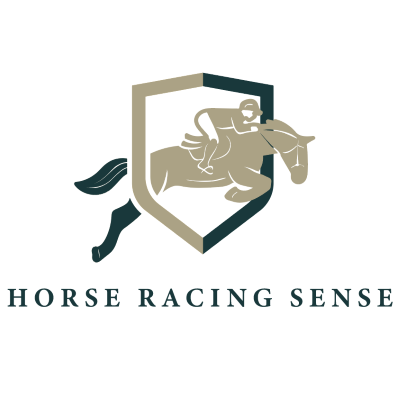Last updated: June 10, 2025
Hello, I’m Miles Henry. as a lifelong horseman with seven racehorses currently under my care, I’ve spent countless hours ensuring my horses receive the best nutrition possible. In this comprehensive guide, “What Do Horses Eat? An Equine Nutrition Guide,” I explore the essentials of equine nutrition, including understanding horse digestion, natural diets, common feeds, nutrient requirements, and special dietary considerations.
Proper nutrition is critical for your horse’s well-being, and like many of you, I’ve faced challenges in ensuring my horses receive the best care. This guide will help you understand how to create a balanced diet for your horse, regardless of its age or activity level. Read on to learn more about how you can provide the best nutrition for your horse and avoid common feeding mistakes.
Understanding Equine Digestion
Horses have a unique digestive system optimized for extracting nutrients from fibrous, plant-based foods. Their large intestine uses bacteria to break down tough plant fibers through a process called hindgut fermentation, converting grass and hay into energy. Understanding this process is essential for feeding your horse correctly and maintaining their health.
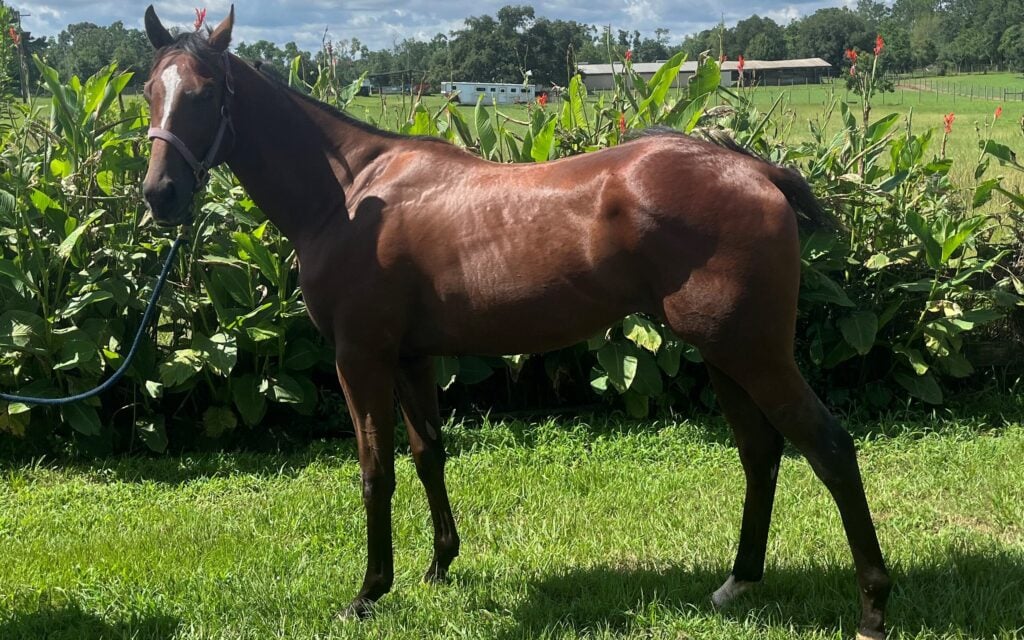
Components of a Horse’s Digestive System
- Mouth: The journey begins here, where food is chewed and mixed with saliva to form a bolus for easier swallowing.
- Esophagus: This muscular tube carries food from the mouth to the stomach.
- Stomach: The small stomach, holding 2–4 gallons, mixes food with acids to start digestion.
- Small Intestine: Proteins, carbohydrates, vitamins, and minerals are absorbed here.
- Cecum: A large “blind pouch” where bacterial fermentation breaks down fibrous materials like hay and grass.
- Large Colon: Further fermentation occurs, with most water and electrolytes absorbed.
- Small Colon: Remaining material is formed into fecal balls while water absorption continues.
- Rectum: Waste is finally expelled.
Process of Digestion in Horses
When a horse eats, food is chewed and mixed with saliva before traveling down the esophagus to the stomach. The stomach acids initiate breakdown, but the small stomach size means frequent, small meals are better for digestion. The food moves to the small intestine, where enzymes extract proteins and carbohydrates.
The fibrous content then enters the cecum and large colon, undergoing bacterial fermentation. This process breaks down fiber into volatile fatty acids, providing a major energy source. Finally, waste material, primarily undigested fiber, water, and electrolytes, passes through the small colon and rectum, completing the process.

Why Understanding Digestion Matters
Feeding practices that align with the horse’s digestive system can:
- Prevent common issues like colic and ulcers.
- Optimize nutrient absorption.
- Maintain energy levels and overall health.
Proper feeding strategies include providing high-quality forage, offering consistent meals, and avoiding abrupt dietary changes.
I’ve seen how feeding practices impact digestive health firsthand. For example, a horse in I purchased was prone to colic. After transitioning the horse to a consistent feeding schedule with high-quality forage and small, frequent meals, the digestive issues resolved, and the horse thrived.
Quick Reference Summary:
- Main Digestive Process: Fibrous plant materials are broken down into energy through hindgut fermentation.
- Key Organs: Cecum and large colon are critical for nutrient extraction.
- Optimal Feeding Practices: Provide frequent, small meals and high-quality forage.
One of my older Thoroughbreds struggled with ulcers early in his training career. By switching to small, frequent meals with plenty of high-quality forage, his condition improved dramatically. This experience reinforced how essential it is to work with, not against, the unique structure of a horse’s digestive system.
For a deeper dive into equine digestion and tips on feeding practices, check out Understanding Equine Digestion: How Horses Process Feed. Share your own feeding strategies or challenges in the comments—we’d love to hear from you!
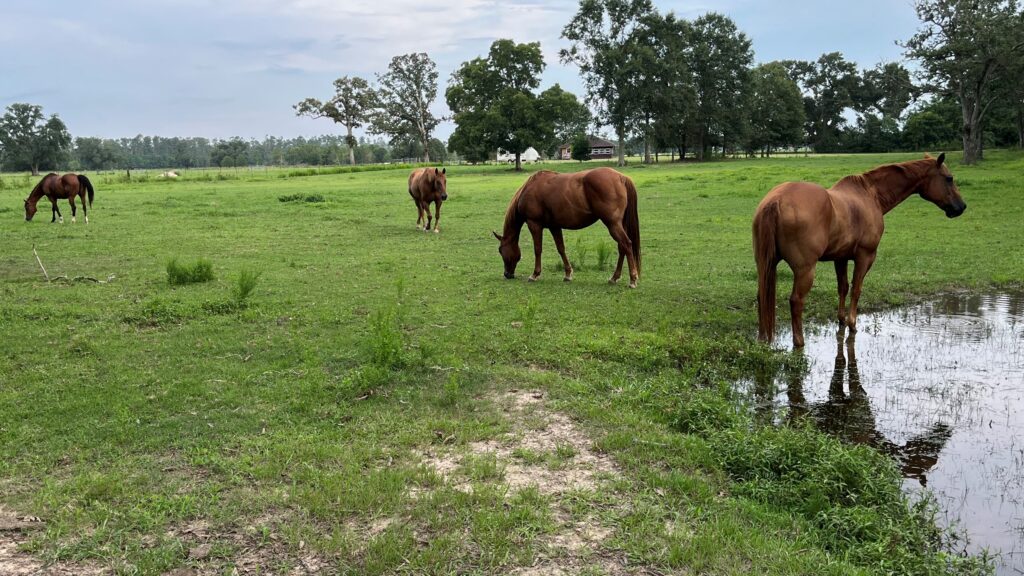
Natural Diet of Horses
Horses have evolved to graze for many hours daily, a natural behavior critical for their digestive health. This constant grazing provides a steady stream of food, helping to maintain a healthy gut and prevent digestive issues.
As “hindgut fermenters,” horses use bacterial fermentation in their large intestine to extract nutrients from plant fibers that many other animals can’t digest. This unique adaptation enables them to slowly process and absorb nutrients from grass and other fibrous plants throughout the day.
A horse’s diet in the wild consists mainly of grass, such as Timothy, Bermuda, fescue, and bluegrass, varying by region and season. They may also consume plants, herbs, and even tree bark. These natural foods are rich in fiber, proteins, fats, and essential vitamins and minerals, supporting their overall health, muscle development, and bodily functions.
While wild horses enjoy a diverse array of plants, domesticated horses often require supplementation with hay and prepared feeds to ensure balanced nutrition. By understanding what horses are designed to eat, horse owners can provide diets that mimic natural grazing and meet their unique nutritional needs.
Have you considered how your horse’s diet aligns with their natural grazing instincts? Share your thoughts in the comments!

Common Feed for Domestic Horses
Feeding domestic horses involves balancing various food sources to meet their nutritional needs effectively. Below, we explore the most common types of feed and their benefits.
Hay
Hay is a staple in most horses’ diets, providing the necessary fiber and nutrients. Dried grass or legumes make it a reliable option when fresh pasture is unavailable. Types of hay include:
- Grass Hay: Varieties like Timothy, orchard grass, and Bermuda grass are high in fiber and lower in protein and energy, ideal for mature or idle horses.
- Legume Hay: Options like alfalfa and clover offer higher protein, energy, and calcium levels, suited for young, growing horses or lactating mares.
- Mixed Hay: A combination of grass and legumes provides a balanced nutrient profile.
Remember, horses are individuals with unique needs. For example, while most of my horses thrived on mixed hay, one didn’t seem to do as well. I switched her to high-quality alfalfa hay and after only a coupld of weeks her coat developed a healthy gloss, and her energy levels improved dramatically.
For more details, visit Selecting Hay for Your Horse: A Practical Guide.
Tip: Proper hay storage is critical to maintaining quality. Keep bales dry and well-ventilated to prevent mold growth.
Fresh Pasture
Fresh pasture is a natural and nutritious feed option, especially during the grass-growing season. It provides essential nutrients and supports mental well-being through grazing.
- Grass: Pasture grasses like Kentucky bluegrass, Bermuda grass, and Timothy grass offer energy, protein, and fiber.
- Nutritional Value: Fresh grass retains its peak nutritional content compared to hay.
- Management: Implement rotational grazing to avoid overgrazing and ensure long-term pasture health.
Rotational grazing has been a game-changer for my horses. A few years back, I noticed some patches in my pasture were overgrazed while others were untouched. By rotating the horses between different sections, the grass recovered, and the horses benefited from having consistently fresh, nutritious forage. The difference in their energy levels and coat quality was remarkable.
Note: Don’t feed your horse fresh lawn clippings, as they can cause health issues.
Grain
Grains provide concentrated energy, ideal for horses with higher energy demands. Common types include:
- Corn: High in energy but low in fiber; it must be cracked or rolled for digestibility.
- Oats: A safe choice due to their high fiber content and ease of digestion.
- Barley: Requires processing, such as rolling or crushing, to improve digestibility.
The processing of grains enhances nutrient absorption, reducing the risk of digestive issues. Always introduce grains gradually and pair them with forage to protect your horse’s digestive health. Learn more about changing horse diets safely.
Pellets and Mixes
Pellets and mixes are manufactured feeds designed to meet specific dietary needs.
- Pelleted Feed: Easy to digest and reduces selective eating.
- Textured or Sweet Feed: Palatable mixes of grains and molasses but high in sugar.
- Complete Feed: Provides all necessary nutrients and can replace hay or pasture if needed.
These options are particularly helpful for horses with dental issues or limited access to quality hay. For further insights, read Hay Alternatives for Horses: Pellets, Cubes, and Silage.
Key Points:
- Hay: Essential for most horses, with grass hay for maintenance and legume hay for high-performance horses.
- Fresh Pasture: High in nutrition and supports natural grazing habits.
- Grains: Concentrated energy sources; introduce gradually.
- Pellets and Mixes: Convenient for specific needs or hay shortages.
- Balance your horse’s diet with high-quality forage and appropriate supplements. Monitor your horse’s weight and condition, and consult a veterinarian or equine nutritionist for tailored advice.

Understanding Horse Nutrient Requirements
Horses, like all living organisms, need a balanced diet that meets their specific nutritional requirements. Understanding these requirements and how they are met is crucial for maintaining a horse’s health and well-being.
Proteins
Proteins are essential for muscle development, repair, and the production of enzymes and hormones. Key sources include:
- Hay and Grass: Most horses get adequate protein from these staples.
- Legumes: Alfalfa and clover are protein-rich options.
- Supplements: Commercial feeds can fill gaps for horses with higher protein needs.
Vitamins and Minerals
Vitamins and minerals support critical functions like bone health and nerve function. While fresh pasture and hay supply most nutrients:
- Mineral Blocks: Provide supplemental minerals, especially in hay-based diets.
- Consult with a veterinarian if deficiencies are suspected.
Water
Water is vital for digestion, temperature regulation, and overall health. Horses typically need:
- 5–10 gallons daily, more in hot weather or during exercise.
- Fresh, clean water should always be accessible.
Carbohydrates
Carbohydrates fuel a horse’s energy needs, but not all carbs are equal:
- Structural Carbs: Found in hay and grass, these digest slowly and provide steady energy.
- Non-Structural Carbs: Found in grains, these provide quick energy but can lead to health issues like laminitis if overfed.
Minimum Nutritional Requirements Chart for Horses.
The chart outlines daily requirements for different types of horses, from sedentary adults to growing foals and lactating mares. Ensure accurate grain measurement and gradual diet changes.
| Type of Horse | Crude Protein (% of daily ration | Energy (calories) | Vitamin “A” | Calcium (international units) | Phosphorus |
|---|---|---|---|---|---|
| Mature at rest 900lbs. 1100lbs. | 10 % | 13,860-16,390 | 10,000-12,500 | 16,000-20,000 | 12,000-15,000 |
| Mature at light work | 10% | 18,360-21,890 | 10,000-12,500 | 16,000-20,000 | 12,000-15,000 |
| Mature at moderate work | 10% | 23,800-28,690 | 10,000-12,500 | 17,200-21,200 | 13,000-16,000 |
| Mare in last 90 days of pregnancy | 11.5% | 14,880-17,350 | 20,000-25,000 | 19,500-24,000 | 15,000-18,000 |
| Lactating Mares | 13.3%- | 24,390-27,620 | 20,000-25,000 | 42,000-47,000 | 35,600-38,600 |
| Foals (3 mos.) | 19% | 12,070 | 4,400 | 30,500 | 19,100 |
| weanlings (6 mos.) | 14.3% | 15,400 | 9,000 | 46,000 | 28,700 |
| Yearlings | 12.3% | 16,810 | 11,000 | 26,000 | 17,400 |
| 18 month | 11.3% | 17,160 | 16,000 | 23,000 | 16,000 |
Lactating mares need more protein because they are producing milk, and milk production requires significant amounts of protein, energy and calcium. Similarly, young foals need more protein, calcium, and phosphorus, because they are rapidly developing muscle and bone
The chart numbers represent a daily feeding ratio for a healthy mature horse at light work (1 to 3 hours daily) that weighs approximately 1,000 pounds. This feeding would meet the recommended daily rations to maintain a healthy horse.
Equestrians generally use a standard-sized scoop for feed; remember that all grains don’t weigh the same. For this reason, check the weight of the grain, and feed the correct amount. Remember to introduce a new feeding plan slowly and consult your veterinarian if you have any questions concerning your horses’ health.

Special Dietary Considerations for Horses
Like humans, horses’ dietary needs evolve with age, activity levels, and health conditions. Tailoring their nutrition is vital for long-term well-being.
A. Diet Changes Based on Age and Life Stage
Foals, adult horses, and seniors each require specific nutritional strategies:
- Foals:
- Need quality protein, calcium, and phosphorus for growth.
- Transition from mother’s milk to solid food by 6 months.
- Balanced grain and forage are essential for skeletal and muscle development.
- Adult Horses:
- Require a balanced diet with fiber, protein, vitamins, and minerals.
- Activity level heavily influences dietary adjustments.
- Senior Horses:
- Often face challenges like dental issues and slower metabolism.
- Require easily digestible fiber, higher protein, and fortified vitamins/minerals.
For more insights, explore Guide to Feeding Old Horses.
B. Dietary Needs for Different Levels of Activity
Energy requirements vary significantly:
- Sedentary Horses:
- Diet primarily forage-based (e.g., grass or hay).
- Avoid excessive grains to prevent weight gain.
- Working Horses:
- Need energy-dense feeds (grains or high-energy mixes).
- Tailor feed to workload intensity.
- Pregnant or Lactating Mares:
- Require increased nutrients to support foal growth and milk production.
Explore more in Feeding Performance Horses: Nutrition for Peak Performance.
C. Addressing Health Issues Through Diet
A horse’s diet can manage or prevent certain health issues:
- Laminitis:
- Avoid high-carb feeds and limit access to lush pastures.
- Focus on low-sugar diets to prevent insulin spikes.
- Learn more: Preventing Laminitis in Horses.
One of my horses showed early signs of laminitis after grazing in a lush spring pasture. By limiting its access to the pasture and transitioning it to a low-sugar diet, I was able to successfully managed the condition.
- Metabolic Disorders:
- Conditions like Equine Metabolic Syndrome benefit from low-starch diets and controlled grazing.
- Obesity:
- A well-monitored diet and regular exercise are critical.
- Discover suitable feed options in Hay for Overweight Horses.
Key Takeaways
- Age Matters: Adjust diets as horses age to meet changing needs.
- Activity-Driven: Feed according to workload and energy demands.
- Health-Centric: Tailor diets to prevent or manage health conditions.

Common Feeding Mistakes to Avoid
Feeding horses might seem simple, but their unique nutritional needs require careful attention. Here are common mistakes and actionable solutions:
Common Errors in Horse Nutrition
- Inconsistent Feeding Times: Horses thrive on routine. Irregular feeding disrupts digestion and increases colic risk.
- Rapid Diet Changes: Sudden dietary shifts can lead to colic or other digestive issues.
- Overfeeding Grain: Excessive grain intake can cause obesity and serious conditions like laminitis.
- Insufficient Water: Dehydration impacts digestion and overall health. Fresh water is non-negotiable.
- Not Adjusting Diet for Workload: Underfeeding active horses leads to poor performance; overfeeding idle horses causes weight gain.
- Neglecting Dental Care: Dental issues hinder chewing and digestion.
I overfed grain to one of my younger horses, thinking it would give her more energy during training. Instead, she developed signs of colic and became lethargic. After consulting my vet, I scaled back the grain and prioritized high-quality forage. It was a hard lesson that taught me to always balance the diet based on a horse’s workload and digestive needs.
Solutions and Better Practices
- Set a Schedule: Feed your horse at the same times daily. Learn more.
- Introduce Changes Gradually: Allow 1-2 weeks for dietary adjustments.
- Moderate Grain Intake: Prioritize forage; use grains sparingly.
- Provide Clean Water: Ensure access to fresh water at all times.
- Tailor Diets to Workload: Adjust feed quantity and type based on activity level.
- Schedule Dental Checkups: Annual or biannual dental checks are essential.
- Consult Experts: Work with an equine nutritionist for personalized advice.
Some Common Foods You Should Not Feed a Horse
Certain household foods are harmful to horses. Avoid feeding:
- Caffeine & Sugar: Coffee, tea, and candy (e.g., chocolate) can cause severe reactions.
- Nightshade Plants: Tomatoes, potatoes, and their leaves can lead to colic or long-term harm.
- Onions & Garlic: These can cause anemia and even life-threatening conditions.
- Cabbage Family Vegetables: Kale, broccoli, and turnips produce painful gas in horses.
Tip: Always double-check food safety before offering treats. Explore more.
Horses Eat Fruits and Vegetables
Most horses love fruits and vegetables, but it’s important to know what’s safe:
- Safe Options: Apples, carrots, and watermelons are excellent choices.
- Preparation Tips: For example, we always cut watermelon rinds into small pieces before feeding. Learn more.
Key Takeaway: Ensure all fruits and vegetables are safe and offered in moderation.
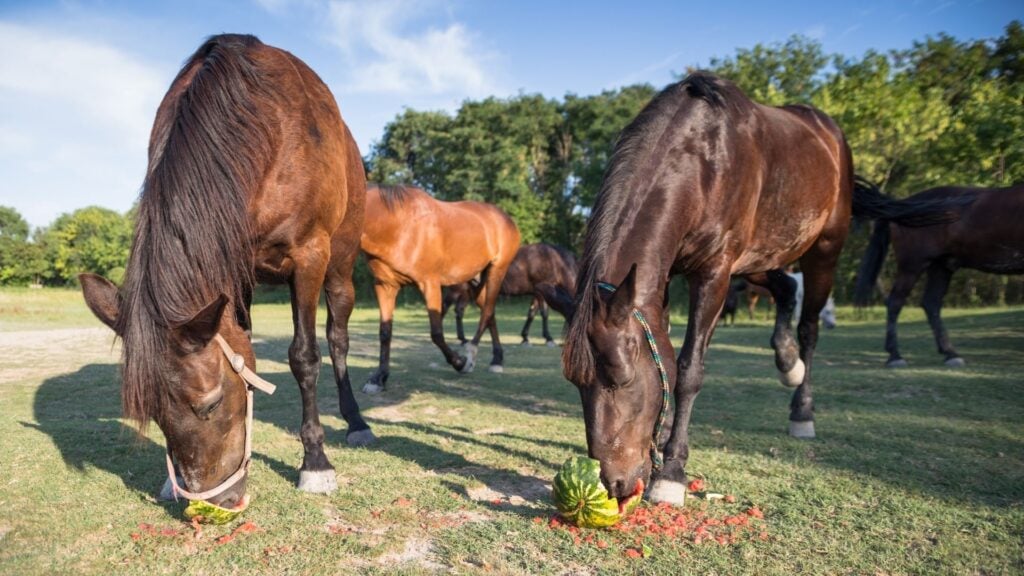
FAQs
Do horses eat meat at all?
No, horses do not eat meat. They are herbivores, meaning their diet consists primarily of plant-based foods like grasses, hay, and certain fruits and vegetables. Their digestive system is not equipped to process meat.
What food do wild horses eat?
Wild horses primarily graze on a variety of grasses and other vegetation available in their habitat. They may also consume bark, leaves, and certain fruits or berries when available. Their diet is largely dependent on the season and the specific vegetation of their geographical location.
Why do horses eat dirt?
Horses may occasionally eat dirt due to nutritional deficiencies, particularly if they lack minerals in their diet. They might also ingest dirt accidentally while grazing or if they’re bored. However, excessive dirt eating can lead to health issues, like colic, so it’s important to consult a vet if this behavior is noticed.
How do you transition a horse from pasture to hay?
Transition gradually over 7-10 days by mixing increasing amounts of hay with pasture. Start with 25% hay and increase daily, monitoring for digestive issues.
What are tips for feeding senior horses with dental issues?
Offer soft, easy-to-chew feeds like soaked hay cubes, pellets, or complete senior feeds. Ensure they have access to clean water and consult a vet for dental check-ups.
Below is a helpful YouTube video about what horses eat and drink.
Conclusion
Feeding your horse involves understanding their unique nutritional needs and making informed choices to ensure their health and happiness. Whether you’re a new horse owner or have years of experience, there’s always more to learn about equine nutrition.
We’d love to hear from you! What are your go-to feeding practices or tips for keeping your horse healthy? Share your experiences in the comments below, or feel free to ask questions—we’re here to help.
For more in-depth information, check out these related articles:
- Horse Hoof Nutrition: The Key to Strong & Healthy Hooves
- Horse Coat Nutrition: Key Tips for a Shiny, Healthy Coat
- Equine Nutrition Guide: Key to Joint Health and Soundness
- Best Practices for Feeding Horses Hay: Equine Nutrition
- Horse Hay: How Long Will a Bale of Hay Last One Horse?
- Alfalfa Pellets vs. Hay: Pros & Cons for Horse Owners
- Seasonal Horse Feeding Strategies: Adjusting to Seasons
Let’s keep the conversation going—your insights could help other horse owners, and we’d love to feature some of your tips in future articles!
Resources
- Changes in the hindgut microbiota due to a high-starch diet can be associated with behavioral stress responses in horses
- Preference of horses for grass conserved as hay, haylage, or silage
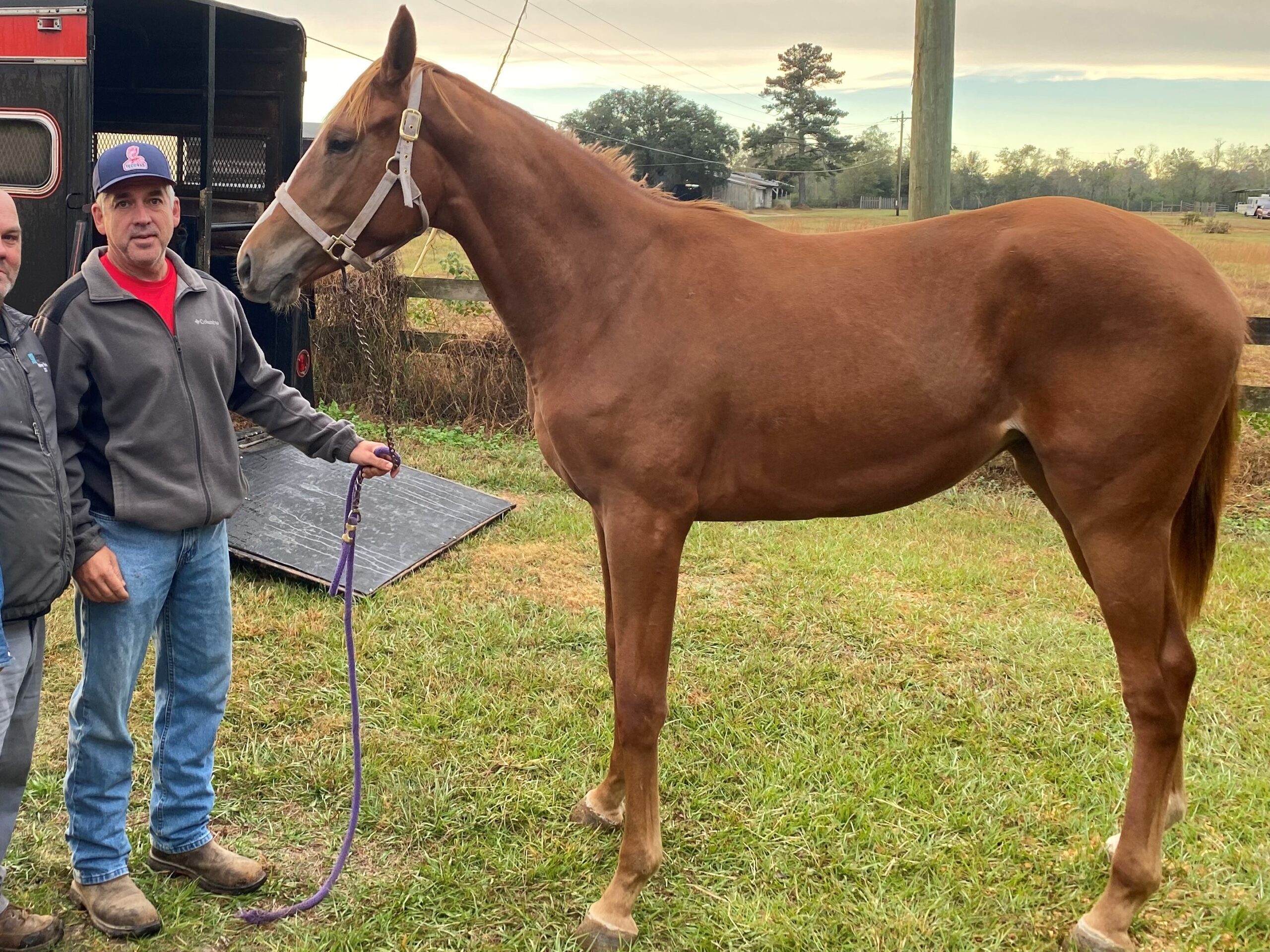
About the Author: Miles Henry
Lifelong Horseman | Racehorse Owner | Published Author
Miles Henry brings over 25 years of hands-on experience training and owning Thoroughbred racehorses. Raised with Quarter Horses and Appaloosas, he’s spent a lifetime learning from horses—on the track, in the barn, and in the field. Today, he runs a small but successful racing stable in Louisiana and shares real-world insights on HorseRacingSense.com, helping horse owners, fans, and bettors navigate the sport with confidence.
📚 Books: View Miles’s books on Amazon »
🎧 Podcast Guest: Animal Tales Ep. 32 |
YouTube Interview
📩 Newsletter: Sign up for racing tips and horse care advice »
🔗 Follow Miles:
Twitter |
Facebook |
YouTube
